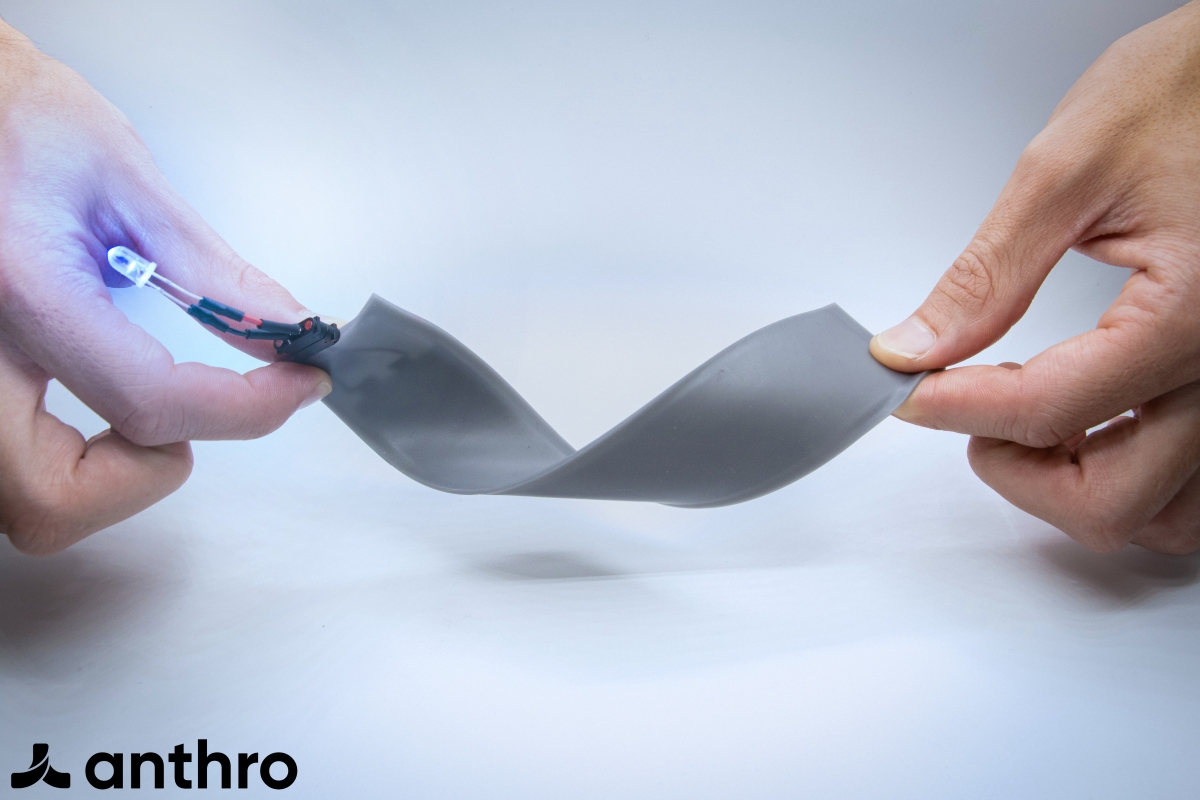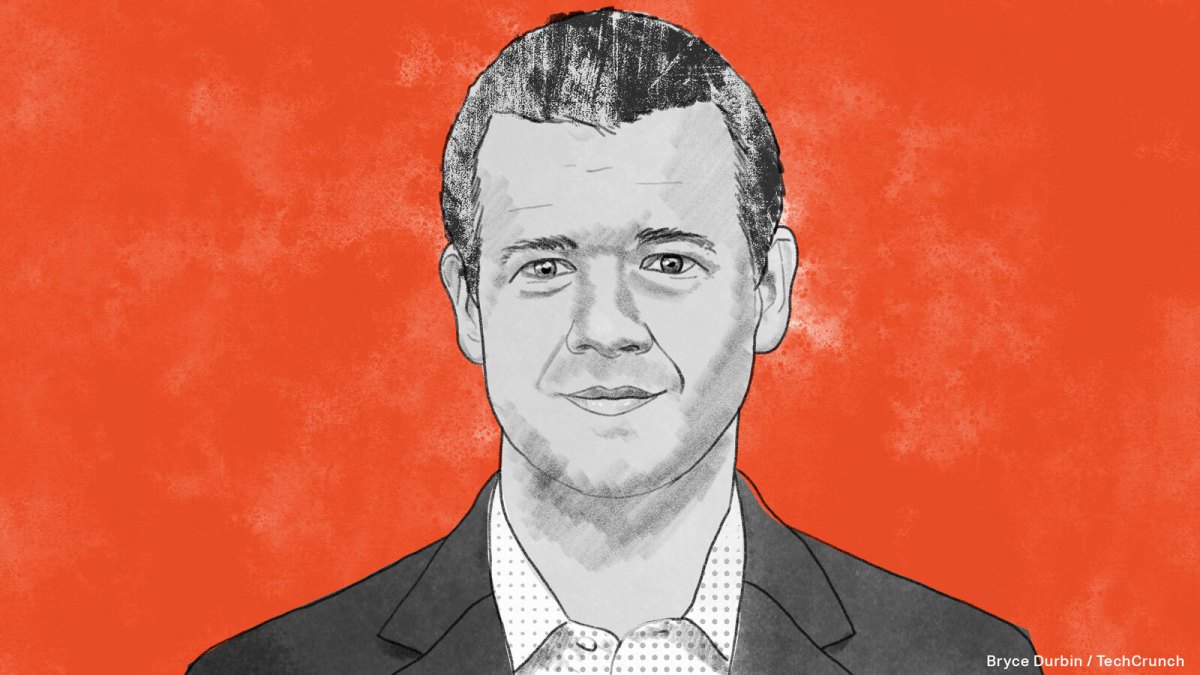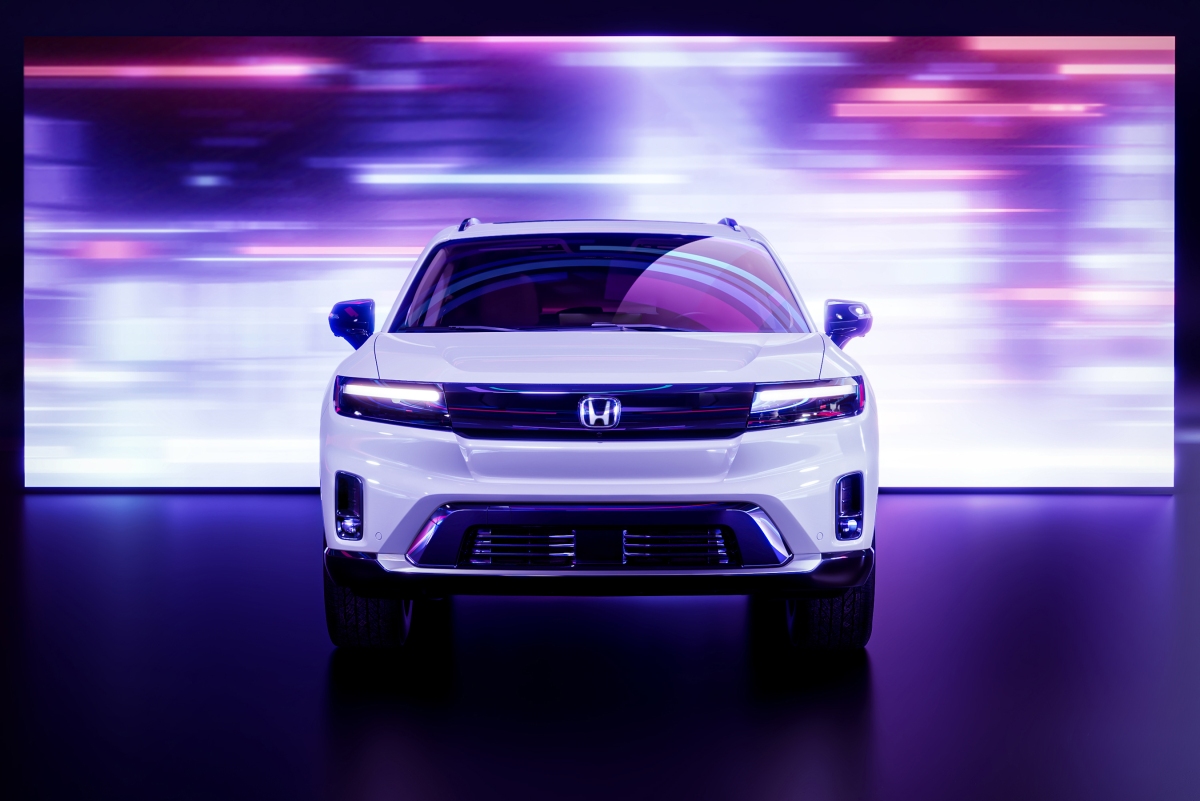Audi, Redwood Materials launch recycling program for consumer electronics • ZebethMedia
Audi and battery recycler Redwood Materials are teaming up to collect end-of-life batteries from cell phones, electric toothbrushes and other lithium-ion-powered devices at participating dealerships nationwide. Beginning November, consumers can deposit their laptops, cell phones, e-bikes, e-scooters, electric toothbrushes, vacuum cleaners, power drills and other rechargeable devices at the dealerships. The recycling bins will be available for the “foreseeable future in select dealerships,” a spokeswoman said. The program, which expands upon Redwood’s partnership to recycle Audi and Volkswagen EV batteries, marks the first time the Nevada-based recycler has worked with an automaker to collect household lithium-ion batteries. The batteries and devices collected in the bins will be sent to Redwood’s facility to be repurposed as sustainable, domestic EV batteries. As the largest player in the burgeoning battery recycling industry, Redwood has an opportunity to solve a raw materials shortage that threatens to undercut automakers’ aggressive global EV sales targets. Creating a sustainable, closed-loop domestic battery supply chain can supply the millions of new EVs slated to hit the road over the next few years while meeting guidelines for incentives under the Inflation Reduction Act. The bill provides tax credits for EVs whose batteries are constructed with recycled content. About 15 million tons of lithium-ion batteries are expected to retire by 2030, the deadline most automakers have set for phasing out gas-engine vehicles, according to AquaMetals. Redwood projects global demand for lithium-ion batteries to rise sixfold, or by more than 500%, over the next decade.



